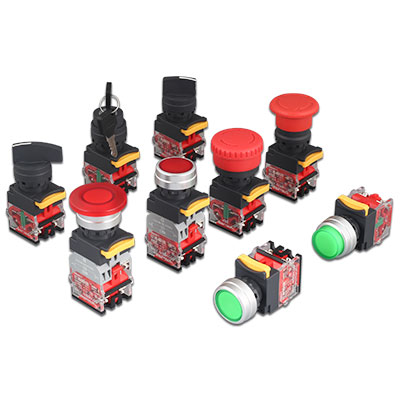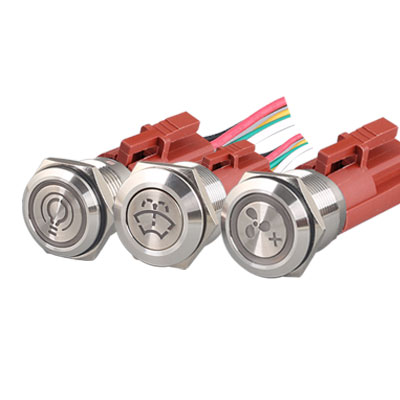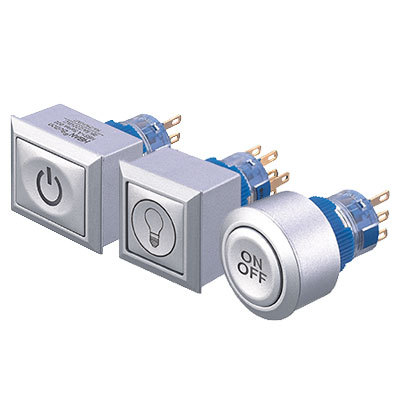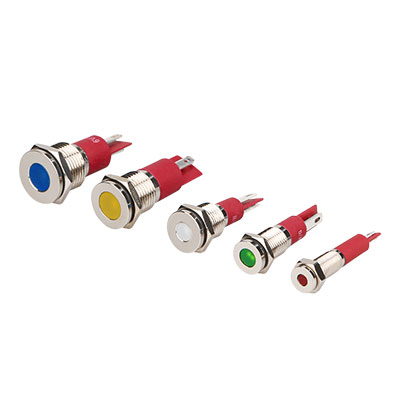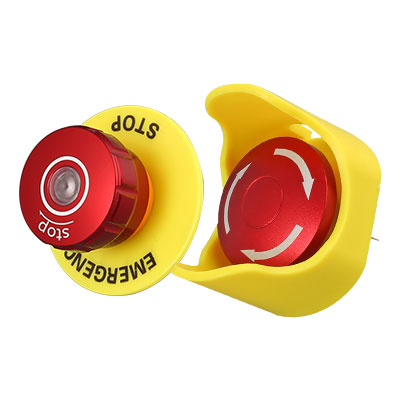How to choose the right button switch for thick panel?
When it comes to selecting a button switch for a thick panel, several key factors should be considered to ensure a proper fit, functionality, and aesthetics. In this article, we will explore the essential considerations to help you choose the right button switch for your thick panel application. From metal push button switches and long-lasting performance to waterproof capabilities and LED options, understanding these factors will guide you in making an informed decision.
Panel Thickness and Mounting
One of the primary considerations when selecting a button switch for a thick panel is determining the panel thickness and the corresponding mounting options. Measure the thickness of your panel accurately to ensure compatibility with the chosen switch. Look for switches specifically designed for thick panels, as they typically offer longer threaded barrels or extended mounting options to accommodate the increased thickness. It is important to select a switch that can securely attach to your panel without any issues.
Metal Push Button Switches
Consider using metal push button switches for their durability and reliability. Metal switches are known for their robust construction, making them suitable for demanding applications. They provide excellent resistance to wear, corrosion, and environmental conditions, ensuring long-lasting performance. Metal push button switches are available in various sizes and configurations, allowing you to choose the one that best fits your thick panel requirements.

Waterproof Capability
In applications where the button switch may be exposed to moisture or water, it is crucial to choose a waterproof option. Look for switches with appropriate IP (Ingress Protection) ratings to ensure reliable operation even in wet environments. Waterproof button switches are designed with seals and gaskets to prevent water ingress, providing added protection and longevity. Consider the specific level of waterproofing required for your application and select a switch that meets those criteria.
LED Options
LED-equipped button switches offer enhanced visual feedback and can be beneficial in various applications. Consider whether you require an illuminated switch for better visibility, especially in low-light or dimly lit environments. LED options provide clear indication and can be customized with different colors to suit your specific needs. Additionally, LED indicators can be helpful in indicating the switch's status or providing visual cues to users. Choose a button switch with the desired LED configuration and color options that align with your requirements.
Functionality and Features
Assess the desired functionality and additional features you need from the button switch. Consider factors such as the required switch action (momentary or maintained), contact configuration (single or double pole), and any specific features like lockable switches or illuminated symbols. Evaluate the electrical ratings of the switch, including current and voltage specifications, to ensure compatibility with your application's requirements. Select a button switch that offers the desired functionality and features to meet your unique needs.
Ensuring Compatibility
Before finalizing your choice, make sure to review the technical specifications and datasheets provided by the manufacturer. Check for any specific installation or wiring requirements to ensure compatibility with your thick panel setup. Consider consulting with technical experts or professionals for guidance and assistance in selecting the most suitable button switch for your application.
Conclusion
Choosing the right button switch for a thick panel requires considering factors such as panel thickness, mounting options, metal construction, waterproof capability, LED options, functionality, and features. By carefully evaluating these aspects, you can select a button switch that not only fits your panel securely but also meets your performance, durability, and aesthetic requirements. Prioritize compatibility, reliability, and longevity to ensure the successful integration of the button switch into your thick panel application.
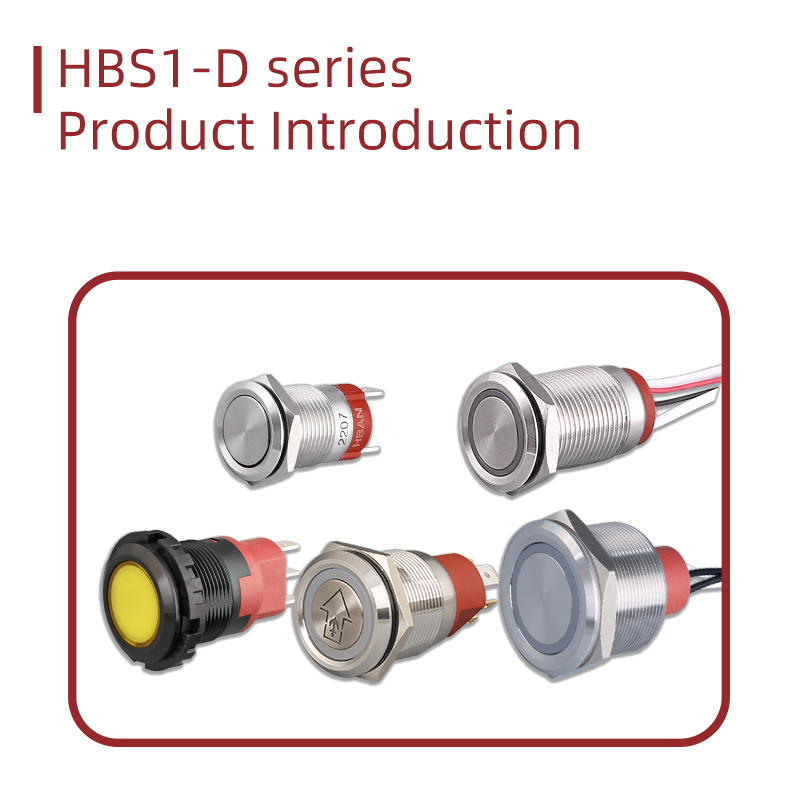 HBS1-D series push button switch Product Introduction | HBAN Push button
HBS1-D series push button switch Product Introduction | HBAN Push button
 HB-K10 HB-K20 Series Product Introduction | HBAN Push button
HB-K10 HB-K20 Series Product Introduction | HBAN Push button
 HBGQ Series Product Introduction | HBAN Push button
HBGQ Series Product Introduction | HBAN Push button
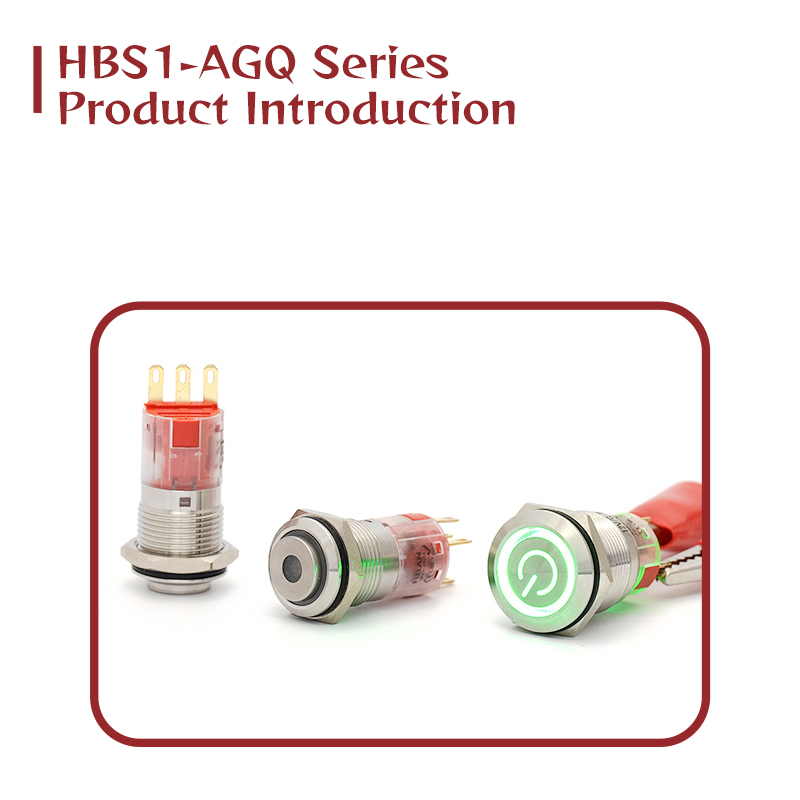 HBS1-AGQ Series Product Introduction | HBAN Push button
HBS1-AGQ Series Product Introduction | HBAN Push button








